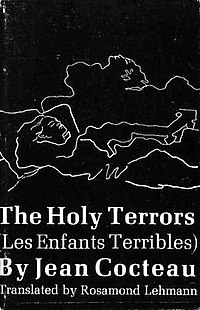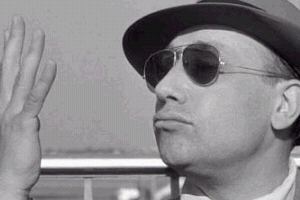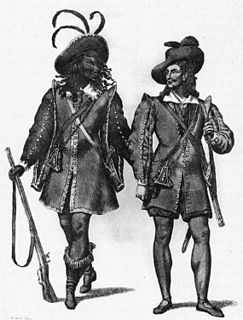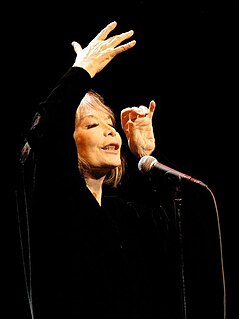This article consists almost entirely of a plot summary . It should be expanded to provide more balanced coverage that includes real-world context.(April 2015) (Learn how and when to remove this template message) |
 US edition | |
| Author | Jean Cocteau |
|---|---|
| Original title | Les Enfants Terribles |
| Translator | Rosamond Lehmann |
| Illustrator | Jean Cocteau |
| Cover artist | Jean Cocteau |
| Country | France |
| Language | French |
| Publisher | New Directions |
Publication date | 1929 |
Published in English | 1930 |
| Pages | 183 |
| ISBN | 0-8112-0021-3 |
| OCLC | 86041984 |
Les Enfants Terribles is a 1929 novel by Jean Cocteau, published by Editions Bernard Grasset. It concerns two siblings, Elisabeth and Paul, who isolate themselves from the world as they grow up, an isolation which is shattered by the stresses of their adolescence. It was first translated into English by Samuel Putnam in 1930 and published by Brewer & Warren Inc. A later English translation was made by Rosamond Lehmann in 1955, and published by New Directions ( ISBN 0811200213) in the U.S., and Mclelland & Stewart in Canada in 1966, with the title translated as The Holy Terrors. The book is illustrated by the author's own drawings.

Jean Maurice Eugène Clément Cocteau was a French poet, playwright, novelist, designer, filmmaker, visual artist and critic. Cocteau is best known for his novels Le Grand Écart (1923), Le Livre Blanc (1928), and Les Enfants Terribles (1929); the stage plays La Voix Humaine (1930), La Machine Infernale (1934), Les Parents terribles (1938), La Machine à écrire (1941), and L'Aigle à deux têtes (1946); and the films The Blood of a Poet (1930), Les Parents Terribles (1948), from his own eponymous piéce, Beauty and the Beast (1946), Orpheus (1949), and Testament of Orpheus (1960), which alongside Blood of a Poet and Orpheus constitute the so-called Orphic Trilogy. He was described as "one of [the] avant-garde's most successful and influential filmmakers" by AllMovie.
Samuel Putnam was an American translator and scholar of Romance languages. He is also noteworthy as the author of Paris Was Our Mistress, a memoir on writers and artists associated with the American ex-patriate community in Paris in the 1920s and early 1930s.

Rosamond Nina Lehmann, was an English novelist and translator. Her first novel, Dusty Answer (1927), was a succès de scandale; she subsequently became established in the literary world and intimate with members of the Bloomsbury set. Her novel The Ballad and the Source received particular critical acclaim, and her books The Echoing Grove and The Weather in the Streets were filmed, one version in 1983 with Michael York and Joanna Lumley which was the second time the BBC had filmed that book, but this version also included sections of "Invitation to the Waltz".
It was made into a film of the same name, a collaboration between Cocteau and director Jean-Pierre Melville in 1950, [1] and inspired the opera of the same name by Philip Glass. [2] [3] The ballet La Boule de Neige by the choreographer Fabrizio Monteverde with music of Pierluigi Castellano is based on this novel. [4] The story was adapted by the writer Gilbert Adair for his 1988 novel The Holy Innocents, [5] which was the basis for the 2003 film The Dreamers directed by Bernardo Bertolucci.

Jean-Pierre Melville was a French filmmaker.

Pierluigi Castellano is an Italian musician, composer and journalist.
Gilbert Adair was a Scottish novelist, poet, film critic and journalist. He was critically most famous for the "fiendish" translation of Georges Perec's postmodern novel A Void, in which the letter e is not used, but was more widely known for the films adapted from his novels, including Love and Death on Long Island (1997) and The Dreamers (2003).










